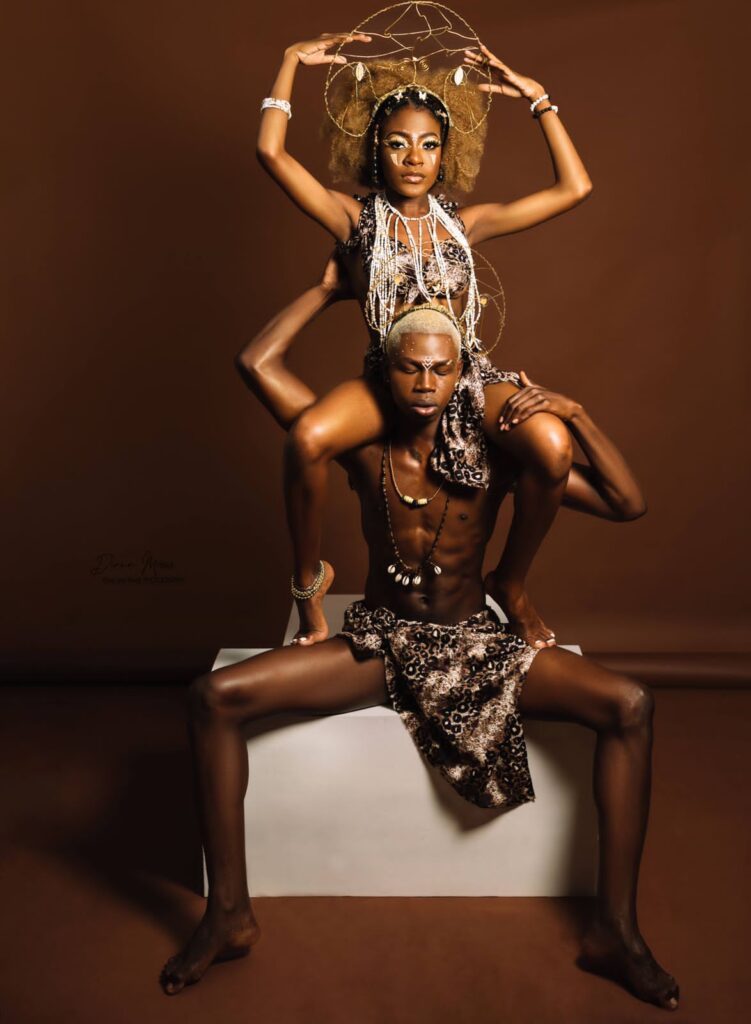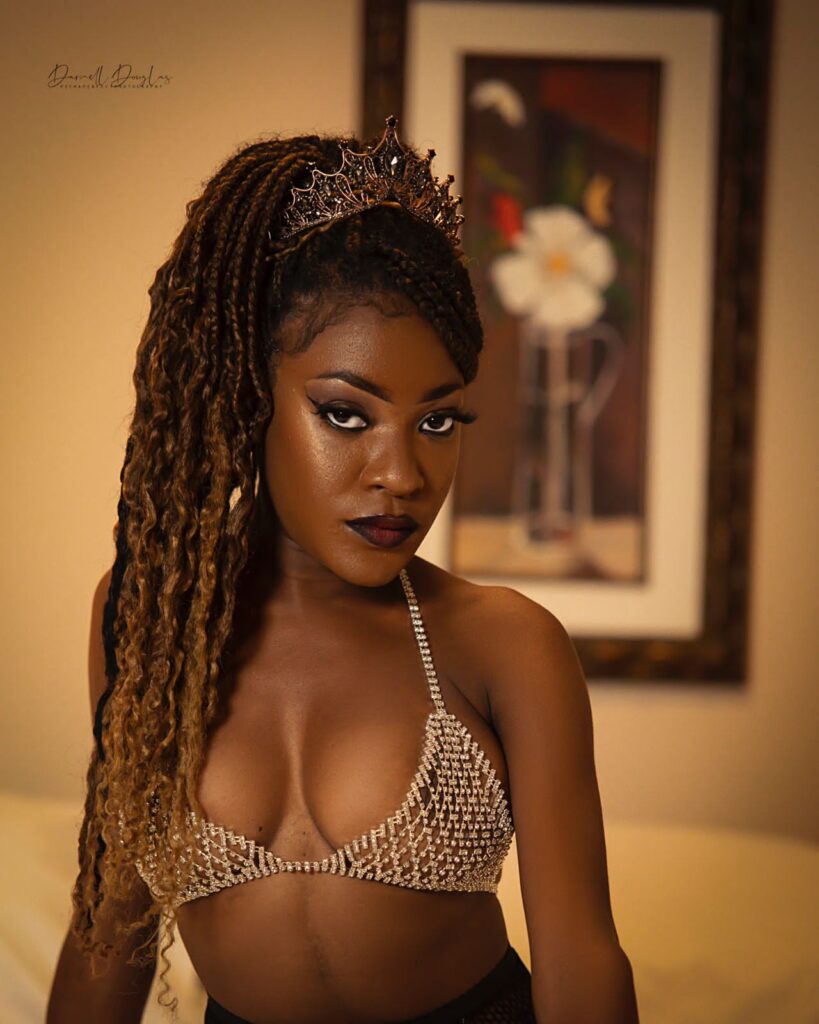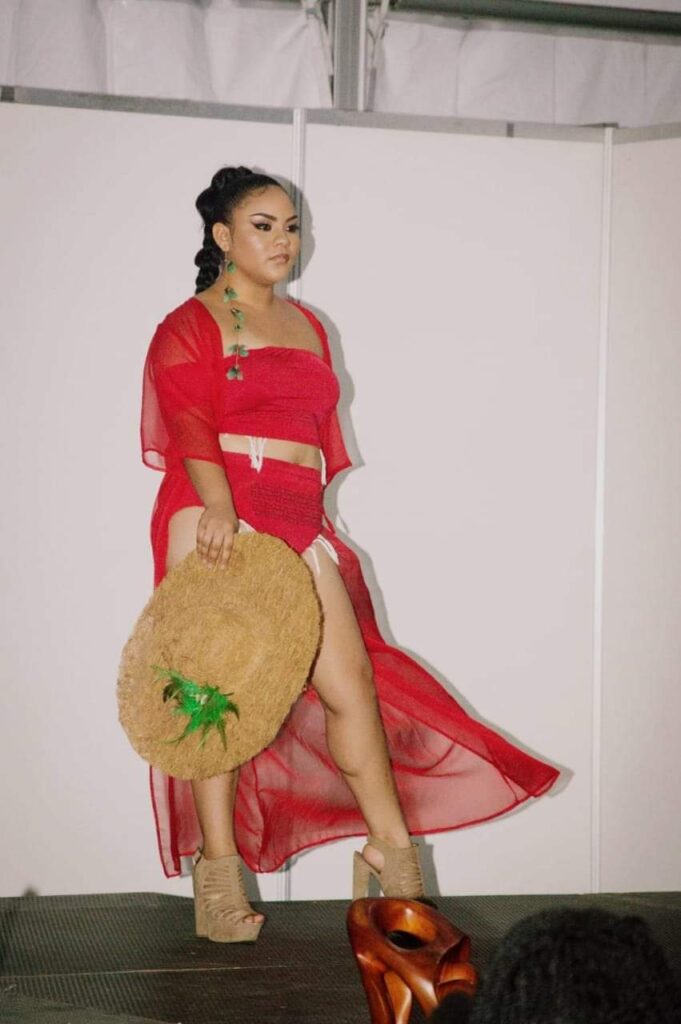Modelling Industry Stereotypes and Gold Standard in Guyana Today.
The modelling industry in Guyana is finally creaking back into motion after a slow-up in this field due to the global pandemic.
The modelling industry is probably one of the easiest industries to break into but the hardest to stay into.
As of recently, the golden standard and the stereotypes attached to the modelling industry, specifically in Guyana have made it toxic.
A place where the confidence of young women and men is supposed to be boosted has become a place that shatters the dreams and hopes of some of these young people.
The golden standard I mentioned earlier includes having a tall, slender body, blemish-free skin, perfect nose and eyes, perfect hair, and in some ugly truth- having a certain complexion that promoters, fashion designers, etc are more accepting of.
Though as contrasted with years, the industry has been trying more to resonate with inclusivity and diversity, there is still a need to push the notion that models are more than just their height, weight, and skin colour.
Some models still struggle to be accepted and what this does to their self-esteem is beyond me.
Last week I’ve had the chance to chat with a few models who had been faced with the dilemma of simply not “fitting” into the characteristics or physical realms of what models are supposed to fit into.

Carolann Correia, a fashion and promotional model expressed that there were many instances where she was dropped from part taking in runways and promotions because of her height, her skin colour, and her hair type.
In a WhatsApp voice note, she expressed
“People that put you on to those things have a certain image they want to portray when sending models up, I don’t have the body type, I am very skinny, very slim, and my hair texture is not what they want, and yes they use models like me but its the ones with opposing looks to mine that they put to the front”
She further added ” yes everybody cannot look the same but the industry underestimates us based on what we look like”
I have had opposite experiences, where I was shut out because of my weight and my height Moreover, being involved in the industry for over 5 years, coordinating fashion shows and working with designers- I have also seen models get cut out because of their height, because of their hair, because they’re not light skin enough and in some cases. After all, they’re not dark enough.
Some Guyanese designers and models have been working on bringing diversity and inclusivity to the forefront of the industry.
In 2020, Carol Fraser, designer, and entrepreneur, in her showcase at the Caribbean Style and Culture Awards was praised by the judges for her inclusivity and diversity of both male and female models, slim and plus-size models, and of course models with varying skin colours.
Models such as Clinton Duncan and Jocelyn Wegman have been breaking the internet with photoshoots and projects showcasing the beauty of “Black models” that we don’t see much of on social media simply because of the stereotypes.

And though some agencies may not admit it, the ugly truth is that these are the things the modelling industry focuses on.
There are so many others who are being faced with the harsh reality of the modelling industry and we also see that some of them have broken through the glass of stereotypical rules of beauty and have embraced their imperfections and inspired others.
An article on the Berkley Review’s website stated the following
“Diversity is important in the modelling industry because it allows for proper representation of communities that usually lack acknowledgment in mainstream media.
Many communities of colour are an afterthought when it comes to the fashion enterprises; they have been usually cast aside and not catered to.
If all the models that are chosen to walk the runways and feature in ads are light skin, skinny, and tall, the standard of beauty is set as such.
This is a toxic and very Eurocentric view of beauty.
These standards of beauty allow for further racism and discrimination against minority communities.
Young kids look at these models that fit unrealistic expectations with awe and infatuation. “The Doll Test” is one terrifying example of how Eurocentric beauty standards negatively affect the younger generation.”
Diversity in the fashion industry is important because with representation comes acceptance.
This industry has set the standard of beauty and makes society see certain groups in a certain way. If we don’t see models with different religions, races, and abilities on the runway, these groups start to be negatively perceived.
With this negative perception comes biases, stereotypes, and generational trauma.
When we see inclusivity in brands, fashion shows, promotions, etc there comes a normalization of human beings that do not fit the status quo that Guyana has set for generations upon generations.
This normalization allows for everyone to live peacefully in their skin and love who they are. A new wave of fashion is on its way, and one size does not fit all.



